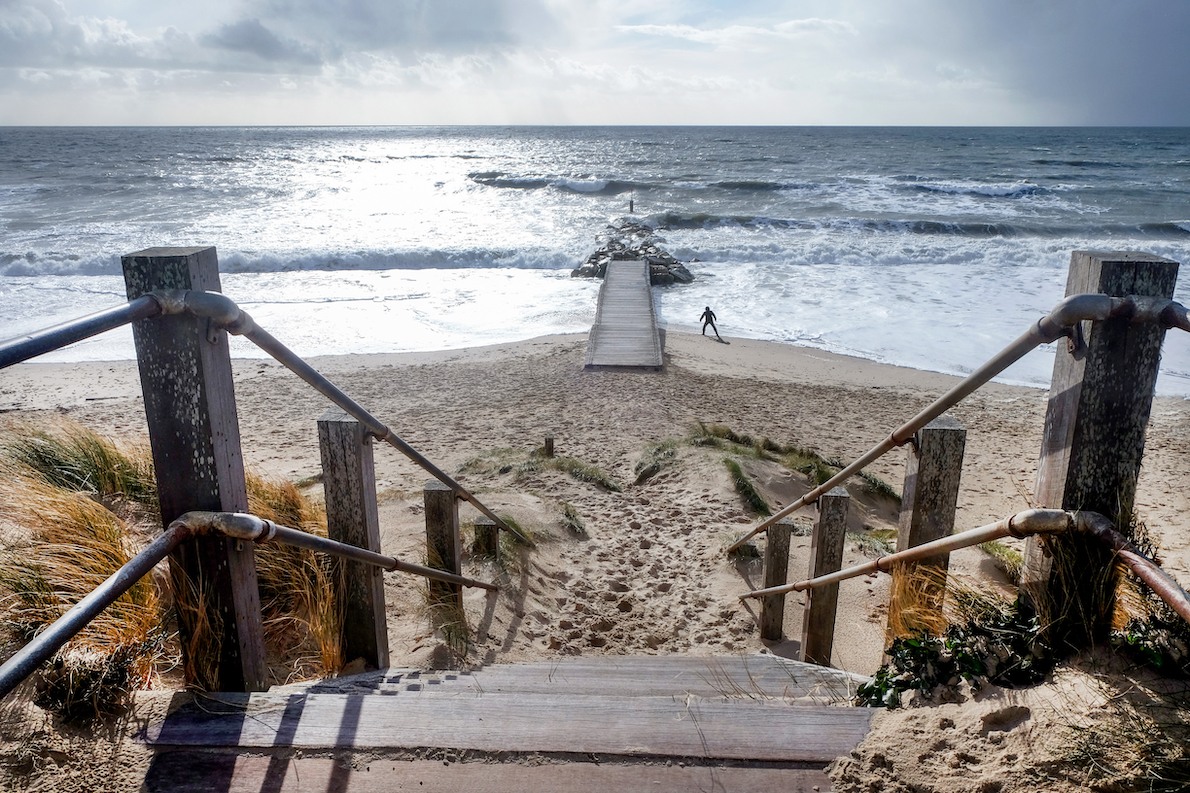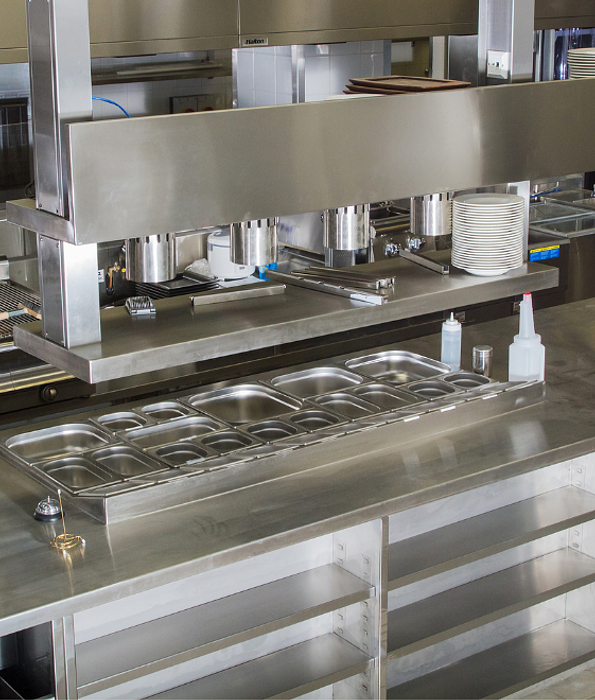How to keep historic landmarks safe with tube and clamp
In 2021, Visit Britain reported there were an astonishing 111 million visits to popular tourist sites – including historic properties, places of worship and heritage centres. As the nation’s appetite for historical landmarks continues to return post-COVID, we must consider the health and safety of these attractions.
Thankfully, these buildings are constantly being maintained, whether this be through the hard work of local trusts and organisations, or with grants from bodies such as the National Lottery and Historic England.
Article in brief
As visitors return to popular historic tourist locations, keepers of these sites must consider the heath and safety impact of these attractions.
Safety risks at any attraction can be ranging, however are more pertinent in historic landmarks which have been subjected to centuries of weathering that has caused permanent hazardous damage. This could create degradation of pathways and stairwells, structural damage in areas of height such as towers and turrets and cause more generalised terrain issues.
This may force the need to introduce bespoke railing and barrier installations to meet the requirements of the historic landmark. To achieve this with minimal hassle and maximum impact, opting for a solution such as tube and clamp can ensure increased health and safety measures are in place to protect both visitors and workers.
What makes a historical landmark in the UK?
According to Historic England, heritage assets are those which are of archaeological interest. They provide a primary source of evidence about the substance and evolution of places, and the people and cultures that made them.
Within these landmarks may be listed buildings. Grade I denotes “exceptional interest” and Grade II denotes “special interest, warranting every effort to preserve them”. These sites may affect planning permission as they need to be preserved to maintain this heritage interest.
The current safety legislation for UK historical landmarks
These historical landmarks may be thousands of years old, and as such, may be vulnerable to damage. Coupled with regular footfall from year-round visitors, there are implicit health and safety risks associated with historical landmarks.
That said, there are no specific laws regarding health and safety around historical sites. Rather, the keeper’s obligations fall into two main areas: to protect the health and safety of employees and visitors, and to follow a duty of care and pay compensation should harm come to visitors.
Essentially, this means that historical landmarks must follow the same legislation as most public-facing UK spaces:
Health and Safety at Work Act 1974
This law is the central tenet of all health and safety regulations. It ensures that employers provide a safe working environment for their staff, contractors and visitors.
Workplace (Health Safety and Welfare) Regulations 1992: these laws set out the minimum requirements for safety in the workplace. They don’t apply to construction sites, but to facilities and equipment used in buildings.
Construction (Design and Management) Regulations 1994: particularly pertinent for buildings undergoing restoration, this minimises risks to workers and visitors during construction and maintenance.
Potential health and safety risks for visitors
Due to their age and relative wear and tear, historical buildings can present multiple risks for visitors.
These risks will include, but aren’t limited to:
Degradation of structures: pathways and staircases may degrade due to damp, time and visitor numbers.
High drop: older buildings may not have appropriate safety provisions for high towers or turrets.
Hazardous terrain: general weathering may make grounds unstable, causing trip hazards.
What steps should historical landmarks take to protect visitors?
Keepers of historical landmarks should make visitors aware of these inherent risks, and try to mitigate them where possible.
This may include, but isn’t limited to:
Signposting: uneven floors or hazards such as falling rocks should be clearly monitored. In more extreme circumstances, visitors may have to sign waivers.
Railing installations: hand railings in places of ascent and descent, such as old staircases, can provide better stability.
Safety barriers: viewing platforms need not be restricted. But they should be safe – protecting visitors from high drops with barriers.

Creating historic landmark safety installations with tube and clamp
When it comes to safety installations, each historical landmark will have bespoke requirements based on its size, shape, age and, of course, where the barrier or railing would be installed. This would require any installation solution to be versatile, durable and flexible.
The use of tube and clamp can satisfy the need for these safety installations. A solution which can be designed to meet the specific requirements of a landmark, tubes can be cut to size to fit even the most complex of historical building designs, with a tactile, strong finish to assure visitors.
Likewise, tube clamps allow these designs to perform in a range of directions, without the need for welding. They’re finished with an anti-corrosion coating to protect against the elements – ideal for sustainable restoration.
When working together, tube and clamp mechanisms offer a long-lasting, safe solution ideal for these historical landmarks.
Speak to The Metal Store about tube and clamp for your historical landmark requirements
At The Metal Store, we have extensive experience in providing a range of tube clamps and galvanised tube products for reliable safety railings and barriers.
We also offer free unlimited cutting on our galvanised tube, using a band saw, bundle saw or CNC machine for optimum precision.
If you need some extra support for your historical landmark safety installations, get in touch today and our expert team will be on hand to offer all the help and guidance you may need. Call us 01274 875 479 or e-mail on sales@themetalstore.co.uk

